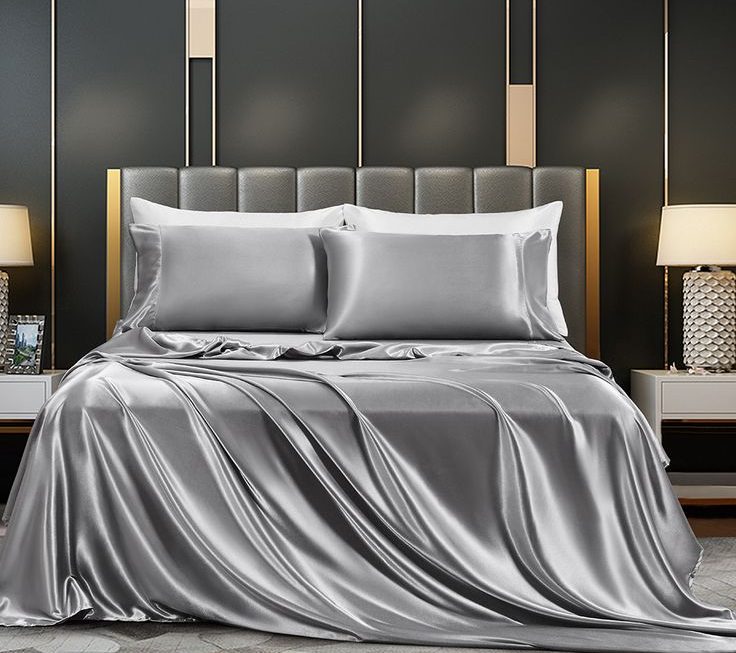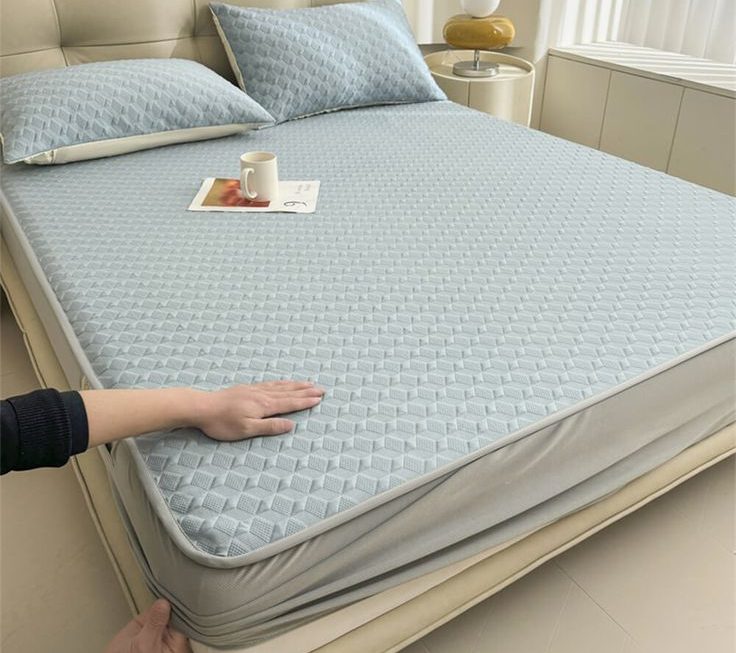 Introduction:
Introduction:
Carpeting stairs can enhance their appearance, provide comfort, and improve safety. However, determining the cost of carpeting stairs is crucial for budget planning and decision-making. In this comprehensive guide, we will explore the factors that affect the cost of carpeting stairs, provide a breakdown of expenses, and offer insights to help you make informed choices.
Introduction to Carpeting Stairs
Carpeting stairs involves installing carpet material on each step for aesthetic and practical purposes.
A. Benefits of Carpeted Stairs: Carpeting stairs helps reduce noise, provides traction, adds warmth, and enhances the visual appeal of the staircase.
B. Customization Options: Various carpet colors, patterns, and textures are available to match your interior design preferences.
Factors Affecting the Cost
Several factors influence the overall cost of carpeting stairs, including:
A. Number of Steps: The total number of steps in your staircase determines the amount of carpet material needed.
B. Stair Type: The design and complexity of your staircase, such as straight, curved, or spiral, affect installation difficulty and labor requirements.
C. Carpet Quality: The type, quality, and brand of carpet you choose influence the cost.
 Measuring the Stairs
Measuring the Stairs
Accurate measurements are essential to estimate the carpet material required for your stairs.
A. Count the Steps: Count the number of steps, including both treads and risers, to determine the quantity of carpet needed.
B. Measure Each Step: Measure the width and length of each step, ensuring precision for a more accurate estimate.
Carpet Material and Cost
Understanding the different carpet material options helps estimate the associated costs.
A. Fiber Types: Carpet fibers, such as nylon, polyester, wool, or blends, have varying costs based on their quality, durability, and softness.
B. Cost Considerations: Higher-quality carpet materials generally come at a higher price, but they offer better longevity and appearance retention.
Carpet Installation Cost
Professional installation ensures proper fitting and appearance, but it incurs additional labor expenses.
A. Labor Costs: The cost of professional installation varies depending on the complexity of your stairs and local labor rates.
B. Additional Services: Specific factors, like carpet removal, staircase preparation, or moving furniture, may result in additional charges.
 Carpet Padding
Carpet Padding
Carpet padding provides cushioning, insulation, and added comfort beneath the carpet.
A. Padding Options: Different types and thicknesses of carpet padding affect the overall cost.
B. Padding Benefits: Higher-quality padding can enhance the feel and durability of your carpeted stairs.
Other Expenses to Consider
Additional costs may arise during the carpeting process, such as:
A. Carpet Removal: If existing carpet needs removal, it may incur disposal fees or labor costs.
B. Staircase Preparation: Preparing the stairs, including repairing or sanding surfaces, may require professional assistance, adding to the expenses.
 Cost Analysis and Budgeting
Cost Analysis and Budgeting
Calculating the cost of carpeting stairs involves assessing each expense and estimating the total cost.
A. Material Calculation: Multiply the square footage of carpet needed for each step by the cost per square foot.
B. Labor Calculation: Obtain quotes from professional installers to determine the installation expenses.
C. Additional Costs: Evaluate any extra expenses, such as carpet removal and staircase preparation.
Considerations for Cost Savings
Implementing cost-saving strategies can help reduce the overall expenses of carpeting stairs.
A. DIY Installation: If you have the necessary skills, opt for self-installation to eliminate professional labor costs.
B. Carpet Remnants: Consider using carpet remnants, which are leftover sections from larger rolls, as they are often more budget-friendly.
Some key points to remember:
When it comes to carpeted stairs, there are several important considerations to keep in mind. Here are some key points to remember:
Carpet Selection:
Choose a carpet that is suitable for stairs and can withstand heavy foot traffic. Consider a low-pile carpet or a carpet with a tight weave, as these options are more durable and less prone to wear and tear over time. Avoid using thick or high-pile carpets, as they may pose a tripping hazard.
Proper Installation:
Ensure that the carpet is installed correctly on the stairs. Loose or improperly secured carpet can cause accidents and create tripping hazards. Professional installation is recommended to ensure a secure and seamless installation.
Stair Tread Covers:
Consider using stair tread covers or carpet stair treads to enhance traction and safety. These covers are specifically designed for stairs and provide an added layer of slip resistance. They can also help protect the carpet from excessive wear and tear on high-traffic areas.
Regular Cleaning and Maintenance:
Carpeted stairs require regular cleaning and maintenance to keep them looking their best. Vacuum the stairs frequently to remove dirt, dust, and debris. Use a spot cleaner or mild carpet cleaner for any stains or spills. It is also important to address any spills or accidents promptly to prevent stains and odors from setting in.
Safety Measures:
Install handrails on the staircase to provide stability and support while using the stairs. Ensure that handrails are securely attached and at the appropriate height for comfortable use. Additionally, consider adding proper lighting to the stairwell to improve visibility and prevent accidents, especially in dimly lit areas.
Regular Inspection:
Regularly inspect the carpeted stairs for any signs of wear, loose edges, or fraying. Address these issues promptly to prevent further damage and potential safety hazards.
Professional Cleaning:
Periodic professional deep cleaning is recommended for carpeted stairs. Professional cleaning can help remove deep-seated dirt, allergens, and stains that regular vacuuming may not effectively address. It can also help extend the lifespan of the carpet.
By following these guidelines, you can maintain the appearance, safety, and longevity of your carpeted stairs. Regular care, proper installation, and taking necessary safety measures will contribute to a well-maintained and comfortable staircase.
Conclusion
Carpeting stairs can enhance the aesthetics and functionality of your staircase, but understanding the associated costs is crucial. Factors like the number of steps, stair complexity, carpet quality, and professional installation influence the expenses. Accurate measurements, consideration of carpet material and padding options, plus additional services or preparations, all contribute to estimating the total cost. By analyzing costs, budgeting accordingly, and considering cost-saving strategies, you can successfully carpet your stairs while adhering to your financial plan.



